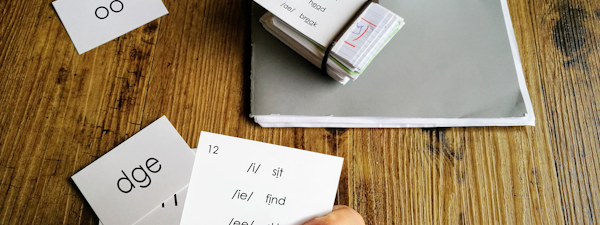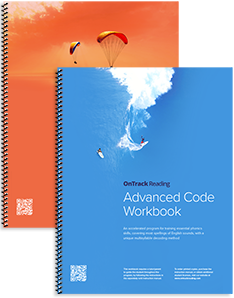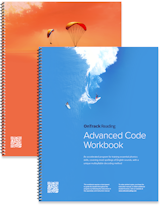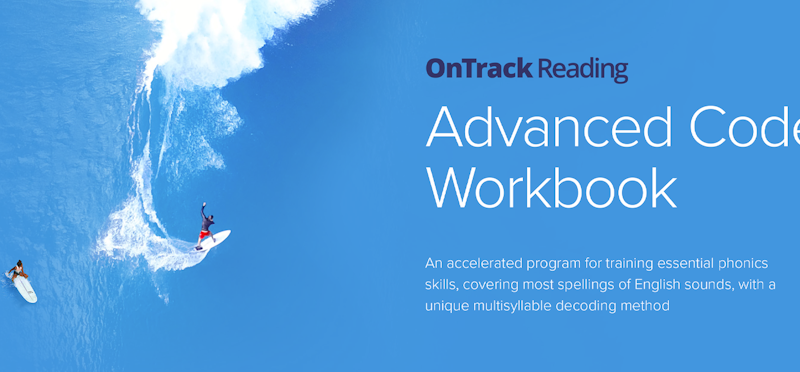For the past few years I’ve sold the OnTrack Reading Phonogram Flash Card PDF for a modest price. Now, I’ve decided to make it freely available to anyone who wants it. You can download it below at no cost.
Download the OnTrack Reading Phonogram Flashcards

This set of printable phonics flashcards consists of 84 letters and digraphs and the most common sounds represented by each. They provide a working set of phonograms for a young child learning to read, or for an older child that needs a clearer understanding of English phonics. The set can be used to review the code knowledge taught in the OnTrack Reading Phonics Program, or as a stand-alone instructional tool.
Description of the Flash Cards
Each card has a phonogram, either a single letter or a digraph, on the front. On the back are listed the various pronunciation options, with examples, for the phonogram on the front of the card. For example, the c card shows the options /c/ (cat) and /s/(city), whereas the o card shows the options /o/ (hot), /oe/ (cold), and /oo/ (do).
Also, on the backs of some of the cards, some phonics cues are listed, such as "This is the ending /oy/" on the back of the oy card, or "This is the marker /ch/" on the back of the tch card. (The concept of a marker is used in the OnTrack Reading Multisyllable Method.)
If you do decide to use the flash cards, Notation for the 43 Sounds explains how each sound on the cards is coded.
Going Beyond the Flash Cards
If you like the way the information is organized in the OnTrack Reading Phonogram Flash Card Set, but want to try a more comprehensive phonics program, consider using the OnTrack Reading Advanced Code Phonics Workbook.
The workbook program also covers the essential auditory skills of blending, segmenting, and phoneme manipulation, as well as explaining several important concepts such as the role of the split vowel digraph (often referred to as Silent-e, or Magic-e.) In addition, the workbook teaches a highly effective method for decoding unfamiliar multisyllable words, a method so straightforward that young readers inclined to guess at longer words are likely to switch to a decoding strategy once they’ve learned it.
However, if you have a young reader who seems to be having a relatively easy time learning to read, you could simply ensure that he learns the information on each flash card over time. He should learn all of the options for each phonogram, and he should also learn to try each of the options, in the order listed, when he encounters an unfamiliar word. As he gains experience and begins reading longer words, you might also consider teaching him the free OnTrack Reading Multisyllable Method.
A Philosophical Note
Imagine the impact on reading instruction if every teacher, parent, grandparent, and even the older siblings of a young child were able to consistently explain the phonics content of each unfamiliar word that the child encountered. But for that to happen, first we have to, in effect, standardize English phonics. That is, we have to come to an agreement on what is to be taught. The obvious starting point is to specify the English phonograms, and then to specify the sounds that should be assigned to each phonogram.
I think that this set of 84 phonograms, and the sounds assigned to each of those phonograms, represents a good start toward a universal standard. The set is reasonably comprehensive in that it covers most of the phonograms an emergent reader will encounter and assigns nearly all of the sounds they will need to each phonogram without being unnecessarily complicated. It is also easily extendible in that phonograms not covered in the set can be incorporated by young readers themselves as they gain experience.





